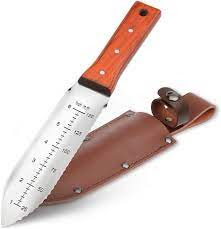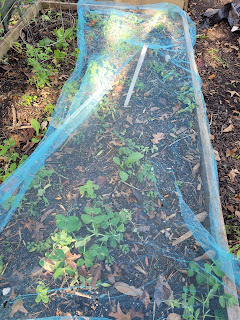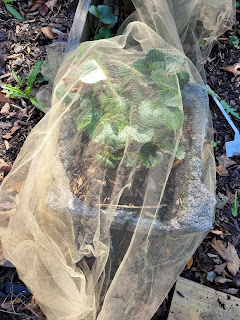Finding the Perfect Home for Your Homesteading Dreams
Your retirement years provide a perfect opportunity to slow down, find joy, and reconnect with nature. If you have ever dreamed of starting a homesteading hobby, you can get started by searching for the right house where you can live out your goals.
Know What to Look For
Real estate publications propose the idea that most buyers are more interested in the location rather than the features of the house itself. This will likely ring true for you as well since you probably need a spacious property away from urban areas to practice your homesteading hobbies comfortably.
There are, however, certain key features to prioritize depending on your personal goals. If you want to live a minimalist lifestyle, you need a fireplace for heat and a woodlot for chopping your own firewood. You also need plenty of acreage if you would like to try your hand at growing your own food or ranching, as well as a workshop for any crafts you intend to practice.
Be Prepared When Buying
When you find the home of your dreams, one issue to remember is that you may need to act quickly to seal the deal before another interested party comes along. This might even entail buying the new house before selling your old one. If you believe that you're close to finalizing the sale on your old home, you can request an extended closing on the new transaction to give yourself a little extra breathing room.
Plan Out How to Use Your Space
Once you have moved into your ideal homestead, you will have the freedom to use the space for all manner of new hobbies. As one idea, you might try horseback riding. Raising horses is a fulfilling pastime, and riding can grant a sense of exhilaration and help you form a meaningful connection with nature.
• Baking
• Beekeeping
• Gardening
• Farming
• Soapmaking
Consider Turning Your Homestead Hobby Into a Business
Whatever vision you have for life after retirement, there is no denying that your home is an important part of it. You deserve to spend your golden years pursuing new experiences that make you feel fulfilled and independent. This does not mean that you have to shut yourself away from friends and family, though. You can enjoy a life that includes all of your loved ones by finding the perfect homestead to suit your dreams.
































